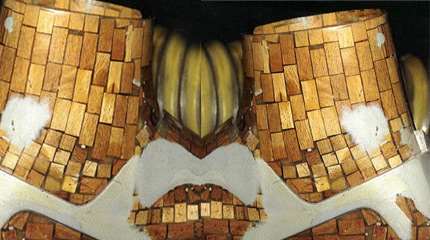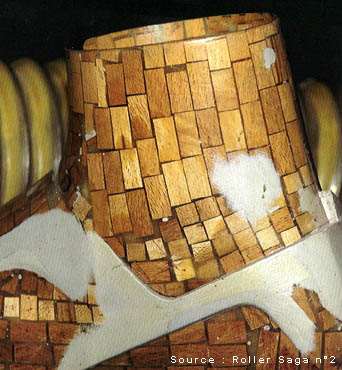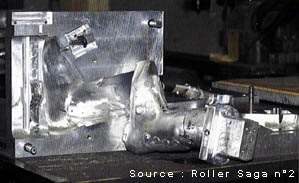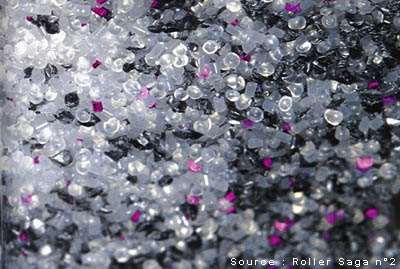The trade secrets of skate boots
The way skate boots are made depends on the discipline: rigid in aggressive skating, low-cut in speed skating, semi-flexible in fitness skating. The materials involved in the process are very different too and influence the methods used. Here are the trade secrets of these key parts welcoming your feet…
Par alfathor

The injection process
 The manufacturing processes of skate boots depend on their nature. Different technological competences are used according to the types of boots that are made:
The manufacturing processes of skate boots depend on their nature. Different technological competences are used according to the types of boots that are made:
- rigid boot
- flexible boot (also known as « Softboot »)
- semi-rigid boot
- speed skating boot
- made-to-measure boot…
Semi-rigid boots aways have a supportive structure made of composite or polyurethane. Let’s focus here on the making of boots, so to speak.
The manufacturing processes are similar to those used for ski boots. It partially explains why most of the brands that seized the market in the 90’s were ski manufacturers: Salomon, Rossignol, Tecnica, or manufacturers of ice sports products like Bauer.
Step 1 – the matrix
It is not virtual. That operation essentially concerns rigid inline skate boots. A pre-matrix is made. On the picture here opposite is the matrix of Tecnica, made of wood and resin.
Little rectangular pieces of wood and sealed together in a mosaic way thanks to resin. The pre-matrix will then be used to make the final matrices, which will enable the elaboration of molds for mass production.
Step 2 – the mold
A male and a female mold will be used in an injection machine. These molds are made of aluminum. Their realization is extremely expensive and they cannot be modified all the time. Hundreds, even thousands of pairs of skates have to be sold to pay them off.

The injection machines enable to mix polyurethane granules which are then sent into the molds (cf. picture of the granules below).
Step 3 – the boots
The boots are molded from small transparent granules of polyurethane. They are mixed with colorant crystals, constituting 1 to 1.5%. They color the skate boot. On the photo below, you can notice the different elements composing the boot.
You can change skate colors in a few minutes. Needless to say that the process brings a considerable flexibility to the production and facilitates the segmentation and adaptation to the market demand in terms of aesthetics.
Bi-injection: a process by Tecnica
In 1997, Tecnica acquired a machine enabling to inject polyurethanes with two different densities and two different colors. That machine molded boots, the parts of which could be more or less flexible. In only one operation, that process could make boots corresponding to new comfort and aesthetic imperatives.
A special example: speed skating carbon boots
 Most of the skaters taking part in competitions are equipped with skates, the boots of which are low-cut and made of carbon and have a leather upper part.
Most of the skaters taking part in competitions are equipped with skates, the boots of which are low-cut and made of carbon and have a leather upper part.
These boots are essentially mass produced, but more and more brands offer to make footprints and realize made-to-measure boots.
It is about superimposing stripes of cast to closely wrap up the skater’s foot and get a footprint. Most of the market used to be taken by great Australian and Italian brands. The prints would be delivered to these countries for the product to be made. Today, there are also renowned French makers who create high quality products: Renard-Inline and Sierra.
From the mold made on the skater’s foot, the maker is going to cast a positive mold, which will be then used to make the boot. The latter is rigid in order to bring the maximum power. You can have a look at the article on the making of made-to-measure boots (link below).
Useful links
The manufacturing processes of skate frames
How are made rink-hockey skates?
RollX factory: skating Wheels manufacturing
The manufacturing of a pair of roller skates
Speed Skating: The age of made-to-measure boots?
Photos: Roller Saga n°2
